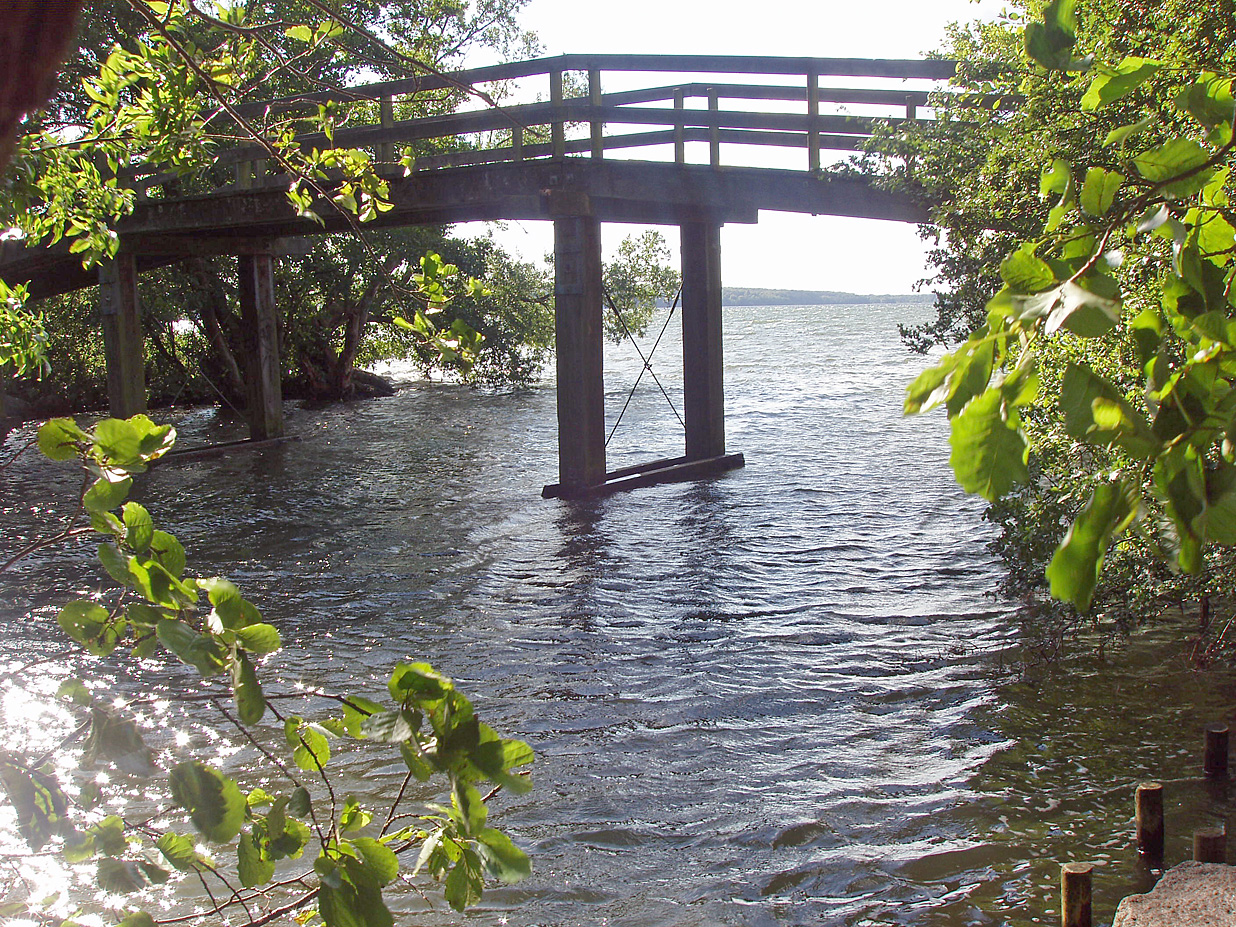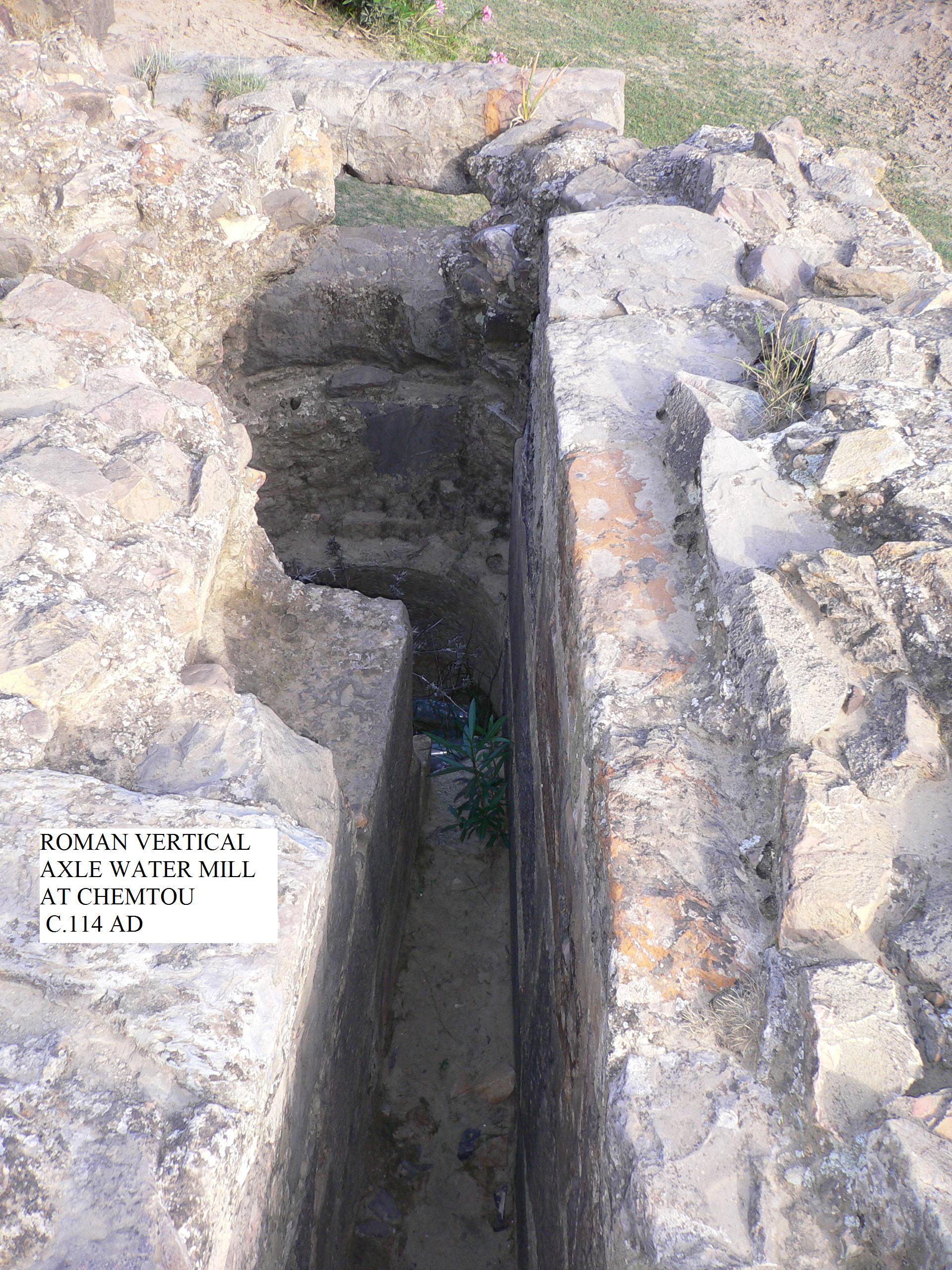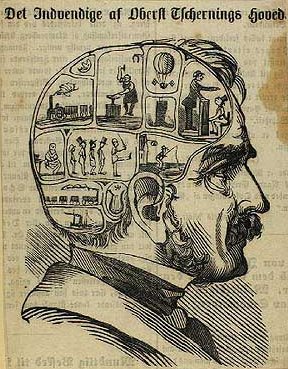|
ûrholm
ûrholm is a neighbourhood and locality on the Mû¡lleûËen river in Lyngby-TaarbûÎk Municipality in the northern suburbs of Copenhagen9, Denmark. ûrholm Watermill has a history that dates back to at least the 15th century but the current industrial buildings were constructed after fires in 1886 and 1913. ûrholm House, a residence dating from the mid-18th century, is privately owned and heritage listed. ûrholm Station is located on the NûÎrum Railway and is served by the railway company Lokaltog. ûrholm Watermill The watermill is mentioned in the Roskilde Bishop's Census Book (Roskildebispens Jordebog) from the 1370s as ''molendinum ûrewaz'' while the locality at this point was known as ''ûrevad''. The suffix -vad means ford. The name ûrholm is first documented in 1670 in the form ''ûerholmen''. The watermill was originally a grain mill but was adapted for use in the production of gunpowder in 1558. The mill was owned by the crown and was modernized in the 1620s with inspir ... [...More Info...] [...Related Items...] OR: [Wikipedia] [Google] [Baidu] |
NûÎrum Line
NûÎrumbanen is a short railway line in the northern suburbs of Copenhagen which serves mainly local neighborhoods in Kongens Lyngby in Lyngby-TaarbûÎk Municipality and NûÎrum in Rudersdal municipality. It is currently operated by the railway company Lokaltog A/S. Lokaltog runs frequent light trains that connect to the S-train system at JûÎgersborg station, JûÎgersborg. NûÎrumbanen, or JûÎgersborg-NûÎrum Railway, is a local railway, originally between Kongens Lyngby, Lyngby and VedbûÎk, now between JûÎgersborg and NûÎrum. The course runs through scenic areas by Mû¡lleûËen. During rush hours the train runs every 10 minutes and most other times it runs every 20 minutes. History The railway opened as ''Lyngby-VedbûÎk railway'' in 1900 with an aim of serving the industries that had settled in the Mû¡lleûË valley to exploit the hydraulic power of the Mû¡lleûË. In the early years the railway moved freight for these customers, but today it has been a passenger-only railway for many ye ... [...More Info...] [...Related Items...] OR: [Wikipedia] [Google] [Baidu] |
Lyngby-TaarbûÎk Municipality
Lyngby-TaarbûÎk Municipality (occasionally spelled Lyngby-TûËrbûÎk, ) is a municipality () in the Capital Region of Denmark near Copenhagen on the eastern coast of the island of Zealand (). It is part of the Greater Copenhagen area. The municipality borders Rudersdal Municipality to the north, Furesû¡ Municipality to the west and Gladsaxe and Gentofte Municipality to the south. It borders the ûresund to the east. The municipality covers an area of 39 km2, and has a population of 58,713 (2025). Its mayor is Sofia Osmani, a member of the Conservative People's Party. The main town and the site of its municipal council is the town of Kongens Lyngby. Lyngby-TaarbûÎk Municipality was not merged with any other municipality in the municipal reform of 2007. History In the Middle Ages, when Denmark was divided into syssels, Lyngby-TaarbûÎk was part of ûstersyssel. It later became a part of Copenhagen Fief, which was changed to Copenhagen County in 1661. Although Copenhagen ... [...More Info...] [...Related Items...] OR: [Wikipedia] [Google] [Baidu] |
Mû¡lleûËen
Mû¡lleûËen, also Mû¡lleûË, sometimes translated as the Millstream, is a small river in North Zealand, Denmark, which runs from the west of Bastrup Sû¡ near Lynge to the ûresund between TaarbûÎk and Skodsborg. The valley contains several country houses and a series of mills which initiated Denmark's industrial development. Course The source of the river is Hettings Mose between the lakes of Buresû¡ and Bastrup Sû¡. Over the next , the river drops until it reaches the sea. After Bastrup Sû¡, the river runs through a swampy area to Farum Sû¡. Thereafter, for a period it becomes "FiskebûÎk û ", passing under the Hillerû¡d motorenway (E16) and Frederiksborgsvej before reaching Denmark's deepest lake, Furesû¡, with a depth of . After passing through Frederiksdal Storskov, the river runs under Nybrovej until it meets the lake of Lyngby Sû¡. Between here and the sea, the river falls a further , providing excellent opportunities for water mills. The river winds through the garde ... [...More Info...] [...Related Items...] OR: [Wikipedia] [Google] [Baidu] |
Brede Works
The National Museum of Denmark's new museum, Brede Works, lies in the countryside just north of Copenhagen in Denmark's largest, protected industrial plants. At the museum of Industrial culture, the visitors can be guided around by its own Virtuality, virtual person between old machines, hear how Denmark became an industrial society and even try to work at an assembly line. The exhibitions show the industrial development which has changed the everyday lives of the Danes over the past few centuries. Along the millstream Mû¡lleûËen there have been watermills since the Middle Ages. Over time they have helped to process copper, grain, gunpowder etc. From 1832 until it was closed down in 1956 textiles were produced at Brede Works. The historic industrial plant Brede Works gives an impression of a tightly knit factory community with production buildings, workers' and master-craftsmen's homes, the factory-owner's country home, an 'eating house', a day-nursery for the children, a plant nu ... [...More Info...] [...Related Items...] OR: [Wikipedia] [Google] [Baidu] |
Capital Region Of Denmark
The Capital Region of Denmark (, ) is the easternmost administrative region of Denmark, and contains Copenhagen, the national capital. The Capital Region has 29 municipalities and a regional council consisting of 41 elected members. As of 1 August 2021, the chairperson is Lars Gaardhû¡j, who is a member of the Social Democrats party of Denmark. The Capital Region was established on 1 January 2007 as part of the 2007 Danish Municipal Reform. This reform abolished the traditional counties (Danish plural: , singular: ) and created five regions. As part of this reform, 271 smaller municipalities were merged into larger units, reducing the number of municipalities to 98. The reform dramatically diminished the power of regional governments while enhancing that of local governments and of the central government in Copenhagen. It was implemented on 1 January 2007. Unlike the former counties (1970ã2006) (Danish ', literally 'county municipality'), the regions are not municipaliti ... [...More Info...] [...Related Items...] OR: [Wikipedia] [Google] [Baidu] |
Strandmû¡llen, Rudersdal Municipality
Strandmû¡llen (literally "The Beach Mill") is a former paper mill located at the mouth of the Mû¡lleûËen river in the ûresund coast north of Copenhagen, Denmark. History Origins The first watermill at the site was built as a paper mill in the 16th century and was later used as a fulling mill. Drewsen family In 1718, Strandmû¡llen was acquired by Christian Drewsen. He used it as a paper mill. Strandmû¡llen was after his death continued by his son, Johan Christian Drewsen, under whose management it became the leading Danish paper manufacturer of its day. The company was later continued by his sons Christian Drewsen and Michael Drewsen. The latter founded a paper mill at Silkeborg. Niels Sigfred Nebelong designed a residence for the Drewsen family which was completed in 1850. The house was frequented by many leading Danish literary figures of the day. De Forenede Papirfabrikker In 1889, Strandmû¡llen merged with several other paper mills under the name De Forenede Paperfabrikker ... [...More Info...] [...Related Items...] OR: [Wikipedia] [Google] [Baidu] |
Water Turbine
A water turbine is a rotary machine that converts kinetic energy and potential energy of water into mechanical work. Water turbines were developed in the 19th century and were widely used for industrial power prior to electrical grids. Now, they are mostly used for electric power generation. Water turbines are mostly found in dams to generate electric power from water potential energy. History Water wheels have been used for hundreds of years for industrial power. Their main shortcoming is size, which limits the flow rate and head (hydraulic), head that can be harnessed. The migration from water wheels to modern turbines took about one hundred years. Development occurred during the Industrial Revolution, using scientific principles and methods. They also made extensive use of new materials and manufacturing methods developed at the time. Swirl The word turbine was introduced by the French engineer Claude Burdin in the early 19th century and is derived from the Greek w ... [...More Info...] [...Related Items...] OR: [Wikipedia] [Google] [Baidu] |
National Museum Of Denmark
The National Museum of Denmark (Nationalmuseet) in Copenhagen is Denmark, Denmark's largest museum of cultural history, comprising the histories of Danish and foreign cultures, alike. The museum's main building is located a short distance from Strû¡get at the center of Copenhagen. It contains exhibits from around the world, from Greenland to South America. Additionally, the museum sponsors SILA - The Greenland Research Center at the National Museum of Denmark to further archaeology, archaeological and anthropology, anthropological research in Greenland. The museum has a number of national commitments, particularly within the following key areas: archaeology, ethnology, numismatics, ethnography, natural science, Architectural conservation, conservation, communication, building antiquarian activities in connection with the Church (building), churches of Denmark, as well as the handling of the DanefûÎ (the National Treasures). Exhibitions The museum covers 14,000 years of Denmark, ... [...More Info...] [...Related Items...] OR: [Wikipedia] [Google] [Baidu] |
Anton Frederik Tscherning
Ant(h)on Frederik Tscherning (12 December 1795 ã 29 June 1874) was a Denmark, Danish army officer who became a politician. During the First Schleswig War he served, briefly, as Denmarks's first Minister for War between March and November in 1848. Tscherning rapidly organised of a military infrastructure which enabled the country to resist Prussian attack, but failed to distinguish himself as a military strategist. He was a member of Folketing, the Folketing (''Danish parliament'') between 1849 and 1864 and of the Council of State (Denmark), StatsrûËdet (''Council of State'') between 1854 and 1864. In his interventions he championed the liberal causes of the time, such as extension of democratic participation and free trade. During the 1860s, as the issue of Schleswig-Holstein Question, Schleswig separatism forced itself to the top of the political agenda, he opposed the government policy of attempting uncompromisingly to impose Danish control in a region where, progressively, ... [...More Info...] [...Related Items...] OR: [Wikipedia] [Google] [Baidu] |
Danish Language
Danish (, ; , ) is a North Germanic languages, North Germanic language from the Indo-European languages, Indo-European language family spoken by about six million people, principally in and around Denmark. Communities of Danish speakers are also found in Greenland, the Faroe Islands, and the northern Germany, German region of Southern Schleswig, where it has minority language status. Minor Danish-speaking communities are also found in Norway, Sweden, the United States, Canada, Brazil, and Argentina. Along with the other North Germanic languages, Danish is a descendant of Old Norse, the common language of the Germanic peoples who lived in Scandinavia during the Viking Age, Viking Era. Danish, together with Swedish, derives from the ''East Norse'' dialect group, while the Middle Norwegian language (before the influence of Danish) and BokmûËl, Norwegian BokmûËl are classified as ''West Norse'' along with Faroese language, Faroese and Icelandic language, Icelandic. A more recent c ... [...More Info...] [...Related Items...] OR: [Wikipedia] [Google] [Baidu] |




